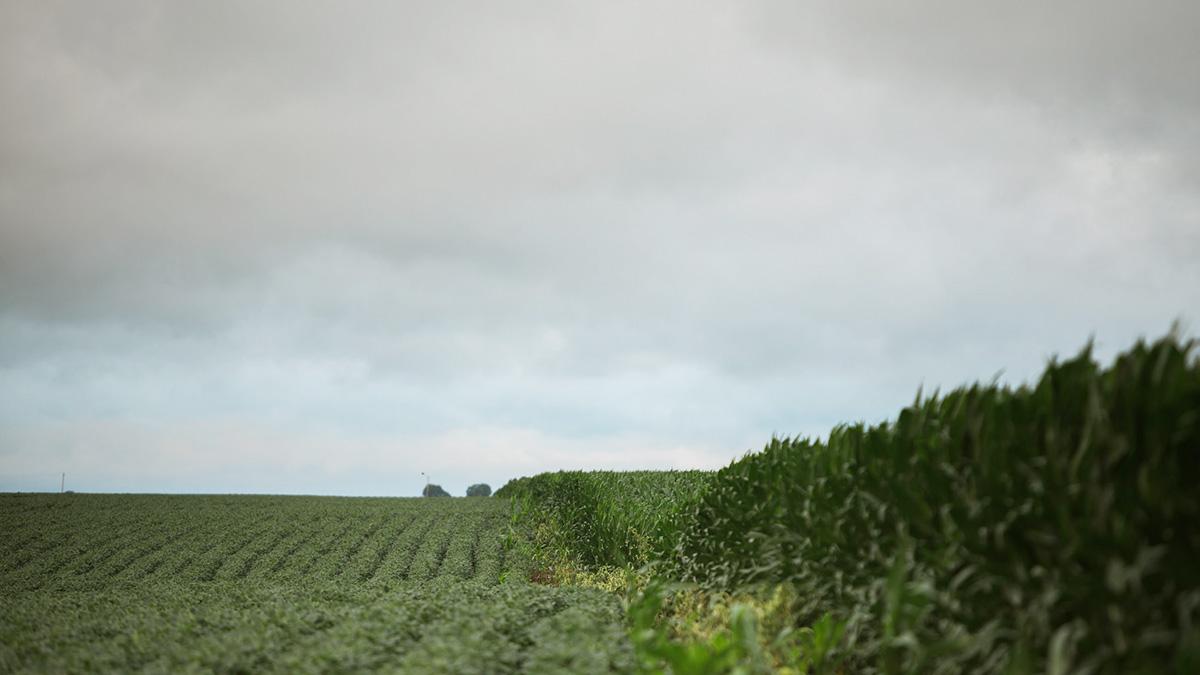Real Ag Stock
2024 Nebraska Crop Enterprise Budgets Now Available
The budgets are grouped by crop and provided currently in multiple formats including Excel and printable pdf files using the Excel format and the Agricultural Budget Calculator (ABC) program. Detailed information on how the budgets were developed, along with machinery and ownership costs, general variables, and material and service pricing are included in the introductory pages of the pdf file. Files are available at cap.unl.edu/cropbudgets.
2024 Crop BudgetsWhile field operation costs are projected higher for the 2024 Nebraska crop enterprises, some material input costs are lower than were projected for 2023. One driving force on lower cost projections for 2024 is 20% to 40% less on fertilizer prices is factored in on many budgets, and five pounds less nitrogen fertilizer was entered for a majority of the corn budgets due to continued improvement of application practices. Cost scenarios for individual producers can vary based on their timing of input purchases and price variabilities. The 84 1Nebraska crop budgets are now available online in three formats with a complete 96-page pdf report, an Excel file, along with links to all of the budget reports created using the Agricultural Budget Calculator (ABC) program where enterprise budget data can be downloaded into user accounts and then modified for individual farm operations.
Financial risk exposure associated with yield, input prices, market changes or other factors should be measured. It is important to develop cost of production baseline information to utilize market opportunities as they are available, consider input decisions, and make timely risk management decisions. Knowing projected enterprise costs can provide confidence in decision making.
While there are fifteen different crops included in the Nebraska crop budgets ranging from alfalfa to peas and millet to sugar beets, sunflowers, and cover crops, included here are comments and figures on three widely grown Nebraska crops, corn, wheat, and soybeans. Estimated economic costs per bushel for 2024 corn and wheat are three to four percent lower than 2023 projections were a year ago. Cash costs per bushel reflect a wider difference over a year ago with fuel and fertilizer prices down. With land values across Nebraska 14% higher and machinery prices higher once again, the differences in the average economic (or total) costs per bushel for corn and wheat are modest. Since the budgets for soybean production don’t include fertilizer inputs, there are smaller cash cost differences between this year and last. Economic (total) costs per bushel on soybeans average $0.39 more on dryland and $0.46 more on irrigated land per bushel over a year ago. Tables 1 – 3 below provide a cost of production comparison summary of budgets for corn, soybeans, and wheat for 2023 to 2024.
Budgets Should be Modified Based on Operations and Input Price Changes
Prices for materials and services for the 2024 crop budgets were based on information gathered in the August to October 2023 timeframe. As we head into 2024, we cannot accurately predict the movement of material and service prices, therefore, it is highly recommended that producers utilize the Nebraska budgets as a guide to prepare their own enterprise budgets, updating expense figures as necessary.
In the 2024 crop budgets, fertilizer costs are generally figured at $0.60 per pound of nitrogen. Diesel fuel price has been assumed at $3.45 per gallon for 2024, with 15% of the fuel cost added to the budget for oil and lube costs. Pesticide prices generally reflect slightly higher prices over the last year as do operating interest rates. A complete list of material input prices is shown in the budget reports (“Material Inputs” tab of the ABC program or pages 8-10 of the PDF report).
Items to Note regarding the Nebraska Crop Budgets
The 2024 Nebraska budgets are based on a projected yield to calculate both a total economic and a cash cost per unit of production. Cash costs do not include the ownership cost of machinery and equipment used in field operations, nor a real estate opportunity cost when land is owned. Conversely, economic costs include an opportunity cost of land and equipment, plus depreciation costs of machinery and equipment.
Land values from the 22023 Nebraska Farm Real Estate Report are used in the budgets to calculate land ownership opportunity costs. If an operator rents crop ground, land value and real estate taxes can be eliminated from the budget and replaced by the amount paid for cash rent. In this scenario, cash costs will increase due to the added cash rent expenses.
In addition to depreciation and ownership costs of machinery and equipment, field operation costs include labor, fuel, and repair expenses. Repairs and depreciation expenses are figured using the Society of Agricultural Engineers formulas and equations for power units and implements. The 2024 labor rate remained the same as last year’s figure of $25 per hour. Labor costs for each operation are calculated using machinery accomplishment rates and are adjusted for the additional time required for getting machinery ready, adjusting machinery, and handling fertilizer and crop inputs.



Resources:
1Klein, R., McClure, G., 2024 Nebraska Crop Budgets, University of Nebraska – Lincoln, cap.unl.edu/cropbudgets
2Jansen, J., Stokes, J., Nebraska Farm Real Estate Report 2023 Final Results. University of Nebraska – Lincoln, cap.unl.edu/realestate
